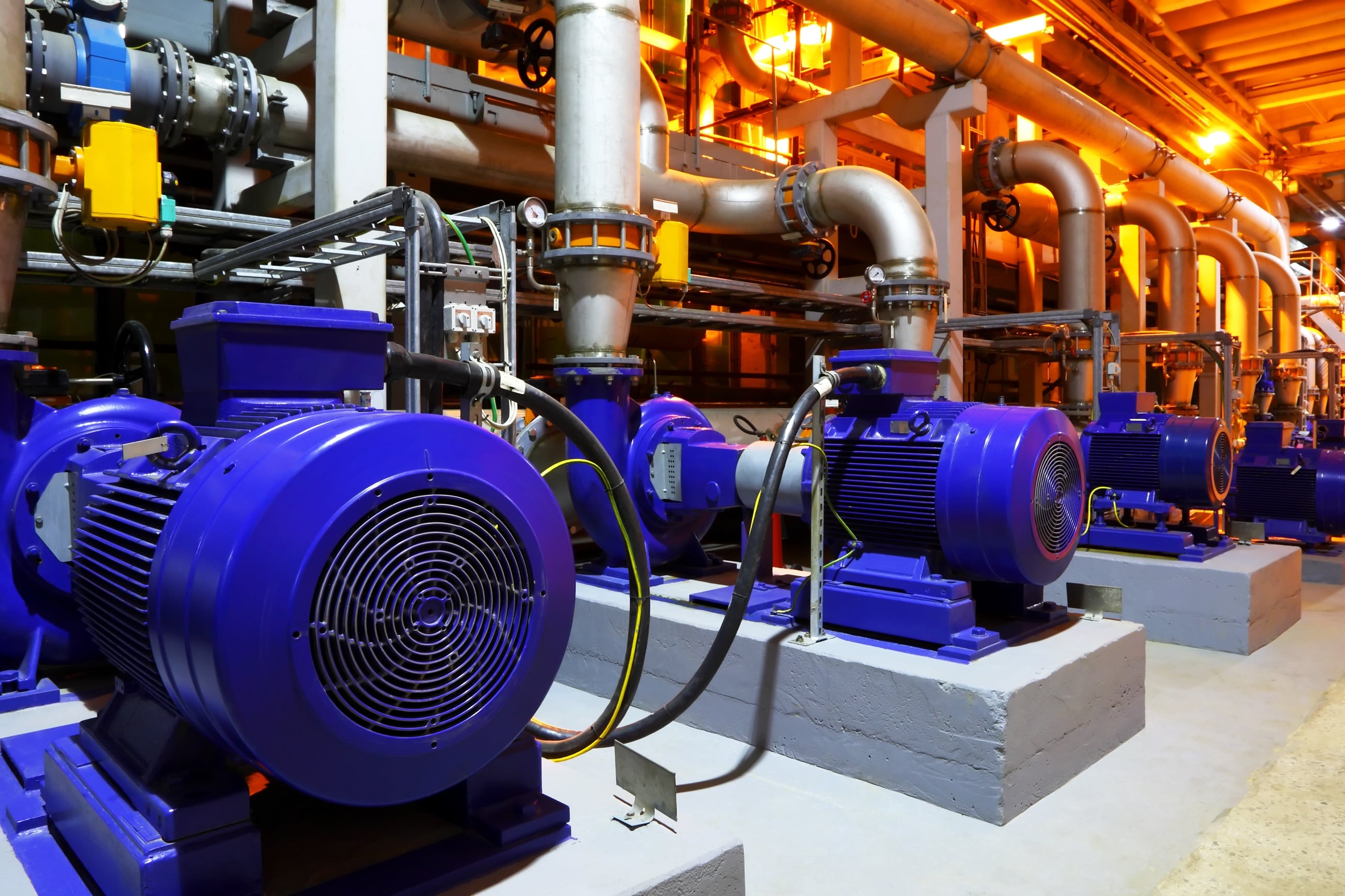They are making several good annotation about 9 Reasons for Low Water Pressure in Your House as a whole in this article followed below.

Low water stress in your house can be an aggravating trouble, affecting every little thing from bathing to cleaning dishes. If you're experiencing weak water circulation, there are several possible reasons and options to explore. In this overview, we'll talk about typical reasons for low water pressure and practical steps to resolve the problem properly.
Introduction to Low Water Stress
Low tide pressure takes place when the circulation of water from your faucets, showers, and other components is weak than normal. This can make everyday tasks much more challenging and less effective. Understanding the reasons for low tide stress is essential to locating the ideal solution.
Usual Root Causes Of Low Tide Stress
Pipe Obstructions
Over time, pipes can come to be obstructed with mineral deposits, debris, or particles, limiting the flow of water. This is a common problem in older homes with galvanized steel pipelines.
Corrosion
Corrosion within pipes can cause leaks and lowered water stress. Rust accumulation can restrict water circulation, especially in maturing plumbing systems.
Faulty Stress Regulatory Authorities
Stress regulators are responsible for keeping constant water stress in your house. If they malfunction, it can result in low tide stress or irregular flow throughout your home.
Local Supply Of Water Issues
In some cases, the trouble lies outside your home. Local water problems, such as main line leaks or upkeep job, can briefly lower water pressure in your area.
How to Diagnose Low Tide Stress
Checking Taps and Fixtures
Beginning by evaluating the water pressure at various faucets and components throughout your home. If the problem is isolated to certain areas, it may indicate local troubles.
Evaluating Pipelines
Evaluate visible pipes for indicators of leaks, corrosion, or blockages. Focus on any uncommon audios, such as knocking or rattling pipes, which could indicate issues within the plumbing system.
Consulting with a Plumber
If you're not able to identify the root cause of low water stress, think about employing an expert plumber to carry out a detailed examination. They can determine underlying concerns and suggest proper solutions.
DIY Solutions to Fix Low Tide Pressure
Cleansing Aerators and Showerheads
Natural resources can build up in aerators and showerheads, reducing water flow. Get rid of and clean these components routinely to improve water pressure.
Flushing Water Heater
Debris accumulation in the water heater can limit circulation and minimize effectiveness. Flushing the container periodically helps eliminate debris and preserve ideal efficiency.
Examining Stress Regulator
Make sure that the stress regulatory authority is working properly. Changing or replacing the regulator can help restore proper water stress throughout your home.
Cleaning Clogs in Pipes
For minor blockages, try utilizing a plumbing snake or chemical drain cleaner to clear blockages in pipelines. Be cautious when using chemicals and follow safety standards.
When to Call a Specialist Plumber
If do it yourself initiatives fall short to fix the concern or if you believe significant plumbing problems, it's finest to look for aid from a certified plumber. They have the expertise and tools to resolve intricate problems safely and properly.
Preventive Measures to Preserve Water Pressure
Routine Upkeep
Set up routine upkeep for your plumbing system to prevent issues such as deterioration, leakages, and obstructions. Dealing with minor problems early can assist stay clear of more substantial repairs in the future.
Installing a Pressure Booster
Think about installing a stress booster pump to enhance water stress in areas with continually reduced flow. This can be specifically helpful for multi-story homes or properties with high-demand fixtures.
Monitoring Water Usage
Be mindful of water use routines and stay clear of overtaxing the plumbing system. Simple changes, such as shocking showers and laundry tons, can aid keep sufficient water pressure.
Conclusion
Handling low tide pressure can be aggravating, however recognizing the underlying reasons and carrying out suitable services can bring back optimal circulation throughout your home. Whether it's cleaning aerators, evaluating pipes, or seeking advice from a plumber, taking aggressive actions can make sure a constant supply of water for your everyday needs.
FOUR WAYS TO FIX LOW WATER PRESSURE NOW
Turning on a shower or faucet only to find the water comes out in a sad, slow drizzle is never a good feeling. How exactly are you supposed to wash a pan or take a quick shower when it takes 10 minutes just to rinse off a little soap? The good news is that when your water pressure is bad, there's always a cause: typically one that can be easily fixed. Here are some of the most common causes of low pressure and what you can do to fix the issue:
DEBRIS AND MINERAL DEPOSIT BUILDUPS
If you notice low water pressure from just one or two of the fixtures in your house, the problem likely has to do with debris buildup. Water is full of minerals and other debris, all of which can accumulate in your pipes and on your fixtures. This can cause a blockage that affects how much water flows through. To fix this, try filling a small plastic bag with white vinegar, and use a rubber band to hang it around your showerhead or faucet. Let the head of the fixture soak for a few hours, and the vinegar should loosen the deposits.
WATER LEAKS
Leaks are another common cause of low water pressure. If water is flowing out of your plumbing through a hole or crack before it can reach your fixture, the pressure coming out of the faucet or showerhead will be lower. A plumbing professional is your best bet for finding and repairing a leak in your water supply pipes.
Leaks are another common cause of low water pressure. If water is flowing out of your plumbing through a hole or crack before it can reach your fixture, the pressure coming out of the faucet or showerhead will be lower. A plumbing professional is your best bet for finding and repairing a leak in your water supply pipes.
A VALVE ISSUE
If you have low water pressure throughout your home, check your main shut-off valve to make sure it's completely open. You may also want to see if there's a pressure-reducing valve installed. If there is, have a plumber help you adjust the settings to get the pressure you're looking for.
OTHERS USING WATER
Believe it or not, your low water pressure could be caused by your neighbors. If you notice low pressure at certain times of day, it may be because you and the people living next to you have similar schedules - when everyone is showering at the same time, the pressure will be lower in every home. Low pressure throughout the neighborhood may also be caused by an issue with your municipal water supply. If that's the case, call the supplier to see if they're working on the issue.
https://www.rotorooter.com/blog/water-leaking/low-water-pressure-fixes/

I came across that piece about 10 Reasons for Low Water Pressure in Your House while doing a search on the search engines. I beg you take the opportunity to distribute this content if you liked it. We thank you for your readership.
Call Today
 Scott Baio Then & Now!
Scott Baio Then & Now! Brandy Then & Now!
Brandy Then & Now! Nancy Kerrigan Then & Now!
Nancy Kerrigan Then & Now! Jane Carrey Then & Now!
Jane Carrey Then & Now! Dolly Parton Then & Now!
Dolly Parton Then & Now!